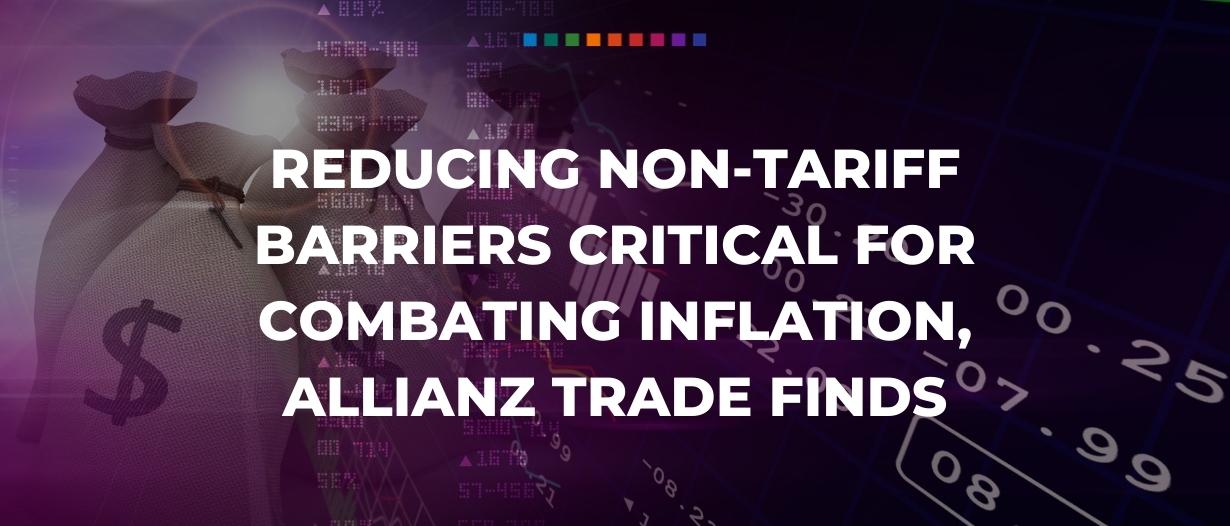New research from Allianz Trade shows that reducing non-tariff barriers to trade could lower inflation by 4.5 percentage points (pp) in the EU and by 2pp in the US.
Nearly 80% of trade in the US is affected by non-tariff measures, and that figure can reach as high as 95% in the EU.
Non-tariff barriers are any trade restricting measures (excluding tariffs) and can include things like licences, quotas, or geographic indicators.
Simply reducing the amount of trade impacted by non-tariff barriers to 50% in each market would bring about these levels of reduced inflation in each market.
Easing supply-chain disruptions and normalizing industrial output and trade flows among key import partners could also lower inflation by up to 1.5pp in both the US and the EU.
Allianz Trade does not expect reducing tariffs, a measure frequently discussed among free trade advocates around the globe, to have as large of an impact on inflation.
Françoise Huang, senior economist at Allianz Trade, said: “We find that even a full tariff-based trade liberalisation in the US and the EU would not be a game-changer for the inflation outlook.
“If tariff rates on the main import partners (including China) were shaved to zero, inflation would be reduced by just -0.4pp in the US and -0.1pp in the EU, given the high share of duty-free imports already in place in the EU.
“In contrast, lowering non-tariff barriers to trade would have a material impact.
“We estimate that reducing the share of trade subject to non-tariff barriers to below 50% would lower corporate markups and in turn knock at least -2pp off inflation in the US and -4.5pp in the EU.”
Why will reducing non-tariff barriers lower inflation?
There are two primary reasons why reducing non-tariff barriers would lower inflation: lower import costs and increased competition.
Lower import costs
Any trade barrier – whether tariff or non-tariff – makes it more difficult, and thus more expensive, for importers to bring goods into the country.
This is because there may be added paperwork or other administrative burdens that add time and complexity to the import process.
When goods are more expensive for importers, these costs get passed onto consumers in the form of higher prices.
Allianz Trade’s report suggests that if the 50% coverage ratio for non-tariff barriers is achieved, then the markup on imported goods would fall to 8%, leading to a price drop and subsequently a consumer price index drop.
Increased competition
If certain protectionist measures are removed, it becomes much more viable for foreign firms to compete and sell in domestic markets.
This added level of competition incentivises domestic firms to operate more efficiently and reduce their prices in the market.
Both of these features again will lead to lower prices on store shelves and contribute to a smaller CPI.
























